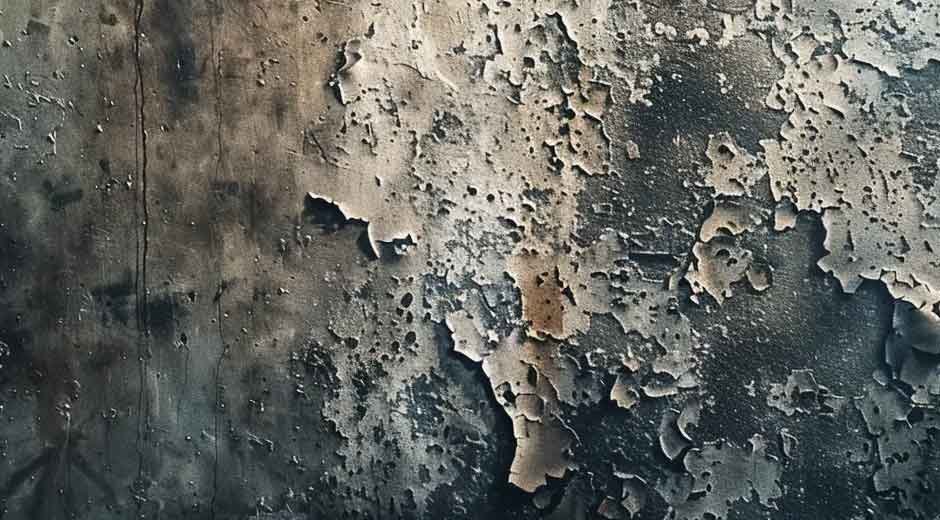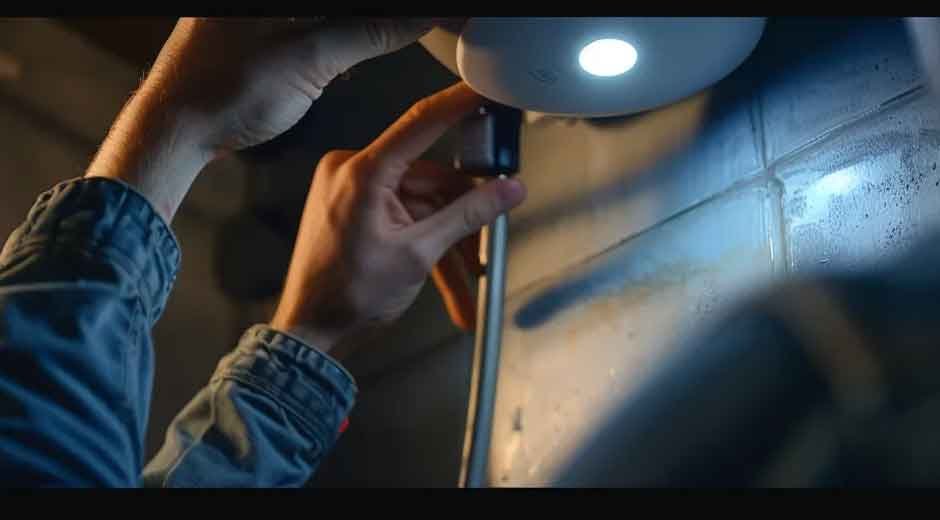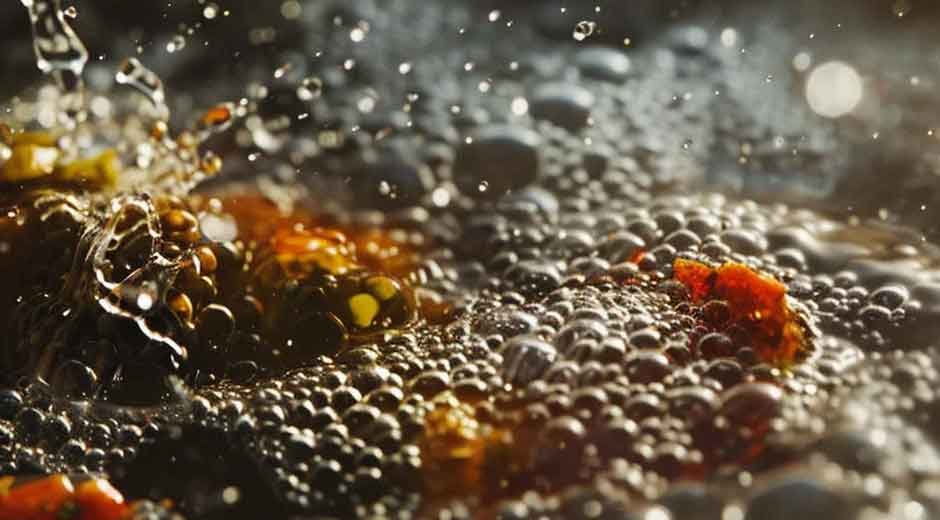Residential plumbing issues can range from minor annoyances to major headaches, causing disruption and potentially significant damage to homes. Being aware of these problems and understanding their symptoms is crucial for homeowners to prevent escalating costs and damages. Identifying these signs early on can often mean the difference between an easy fix and a major renovation. In this article, we’ll explore some of the most common plumbing predicaments and provide tips on how to address them. Keep reading to stay prepared and maintain your home’s plumbing integrity.
Common Issues With Residential Plumbing: Identifying the Signs
One of the first signs of plumbing issues can be a change in water pressure. This might indicate a clog or a leak somewhere in your system. Another telltale sign is discolored water, which suggests potential pipe corrosion or sediment buildup within your water heater. When these symptoms are noticed, it is important not to ignore them as they can lead to more serious problems.
Unusual noises coming from your pipes can also be a cause for concern. Hammering, whistling, or gurgling sounds could mean air is trapped in the pipes, or there’s a break in the line. Meanwhile, an increase in your water bill may reveal issues that are not immediately visible, such as a leak in a place you cannot easily inspect. Professional assessment is often needed in such scenarios.
When faced with any of these warning signs, contacting a professional should be your next move. For instance, if you are in Minnesota, reaching out to a Minneapolis plumber can help diagnose and resolve these concerns effectively and efficiently, ensuring your home’s plumbing system is restored to optimal condition.
The Perils of Clogged Drains and How to Address Them
Clogged drains are among the most common residential plumbing problems. They can be caused by a variety of substances, from hair and soap scum in bathroom drains to food particles and grease in kitchen sinks. Over time, these materials accumulate and prevent water from flowing smoothly, leading to backups and potential overflows.
The consequences of a clogged drain aren’t limited to inconvenient blockages. They can also strain your plumbing system, leading to leaks and pipe damage. Furthermore, clogs can cause bad smells as the trapped debris decomposes, creating an unpleasant living environment.
Addressing clogged drains immediately upon detection is paramount. While many reach for chemical drain cleaners, these substances can harm your pipes and the environment. Instead, a plunger or a plumber’s snake can often provide a more sustainable and safer solution, effectively removing blockages without damaging your plumbing.
Silent Culprit: Hidden Pipe Leaks and Water Damage
Hidden pipe leaks can go unnoticed for long periods of time as they silently wreak havoc behind walls and under floors. Indicators such as unexplained musty odors, the sound of running water when all faucets are closed, or damp spots on floors and walls should raise a red flag for homeowners. These signs often point to leaks that can lead to structural damage if not addressed promptly.
Beyond the immediate implications, such leaks can have long-term consequences for your property. Water damage can compromise the integrity of building materials and become a haven for mold growth. Over time, dampness can weaken wooden structures, causing them to rot, and it can rust metal components, leading to further deterioration.
One of the challenges with hidden leaks is locating the source. Professional plumbers typically use specialized tools such as acoustic leak detectors or thermal imaging to detect the location of the leak without causing excess damage to your property. Quick detection and repair can mitigate the damage and save homeowners from costly repairs.
Water Heater Woes: Inconsistency and Efficiency Challenges

Inconsistent water temperatures and inadequate hot water supply are common signs of water heater issues in residential settings. Sediment buildup in the tank, faulty heating elements, or a malfunctioning thermostat can cause these fluctuations. Such inconsistencies not only affect your daily comfort but can also be indicative of a failing water heater that could soon lead to a total breakdown.
Efficiency challenges can also plague water heaters, resulting in higher energy bills and reduced lifespan of the appliance. A well-maintained water heater should operate efficiently, providing hot water when needed without excessive costs. Recognizing signs of inefficiency, like longer wait times for water to heat up or erratic heating patterns, is the first step toward remedying the problem.
Overall, addressing common residential plumbing issues promptly and effectively is crucial for maintaining a comfortable and safe home environment. By understanding the signs of such troubles and seeking timely professional assistance, homeowners can protect their property from damage and avoid unnecessary expenses. Regular maintenance and a proactive stance can go a long way in ensuring the longevity and reliability of your plumbing system.






